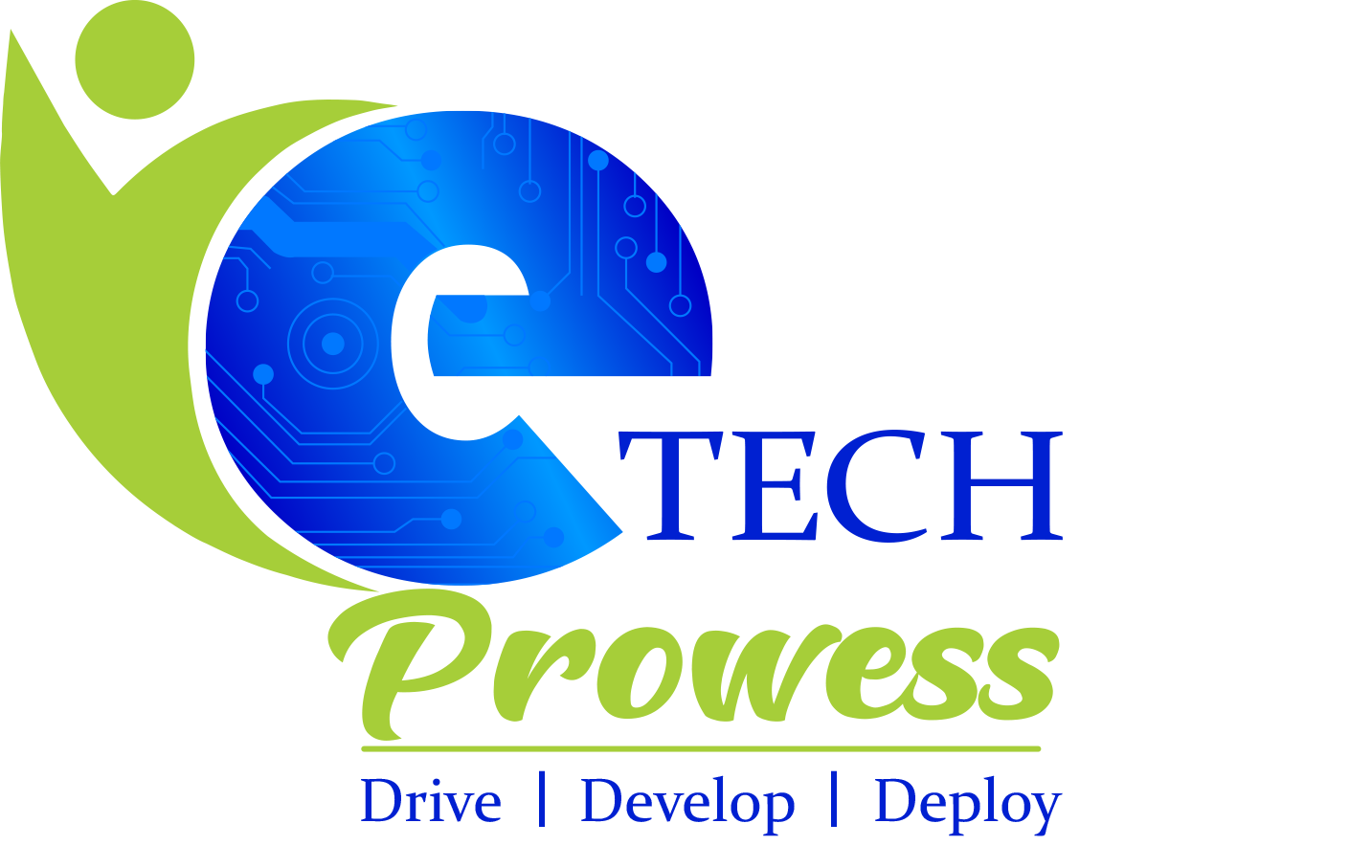 eTech Prowess
eTech Prowess
If you continue browsing this website, you agree to our policies:
x
Section outline
-
- Introduction to GitHub and version control systems.
- Creating and managing repositories.
- Basic Git commands: clone, commit, push, pull, and merge.
- Collaboration features like branches, pull requests, and code reviews
-
- Introduction to Jira and its uses in project management.
- Setting up projects and boards.
- Creating and managing issues, tasks, and sprints.
- Integrating Jira with development workflows
-
- Understanding the basics of HTML structure.
- Setting up your first HTML document.
- Introduction to basic CSS styling.
- Combining HTML and CSS to build simple web pages.
-
- The importance of typography in web design.
- Understanding fonts, font families, and font sizes.
- Implementing text alignment, line height, and letter spacing.
- Best practices for choosing and using fonts in web design
-
- The role of semantic elements in HTML (e.g., <header>, <footer>, <article>, <section>).
- Using CSS to position elements (static, relative, absolute, fixed, sticky).
- Understanding the display property (block, inline, inline-block, none).
- Best practices for creating accessible and SEO-friendly web pages.
-
- Embedding and optimizing images in web pages.
- Creating and styling links.
- Introduction to CSS selectors (e.g., element, class, ID, pseudo-classes).
- Writing efficient CSS selectors for better performance.
-
- Introduction to the CSS Box Model.
- Creating layouts with CSS Grid and Flexbox.
- Responsive design principles using media queries.
- Building basic page layouts (e.g., headers, footers, sidebars).
-
- Creating and styling ordered, unordered, and definition lists.
- Building forms with HTML (e.g., input types, labels, buttons).
- Using CSS to style forms for better user experience.
- Best practices for form validation and accessibility.
-
- Introduction to browser developer tools.
- Inspecting and debugging HTML and CSS.
- Identifying and fixing common layout and styling issues.
- Best practices for maintaining clean and error-free code.
-
Design Patterns
- Introduction to software design patterns and their importance.
- Exploring common design patterns (e.g., Singleton, Factory, Observer, Strategy).
- Implementing design patterns in your code.
- Best practices for using design patterns in real-world projects.
2. Software Principles
- Understanding key software engineering principles (e.g., DRY, KISS, SOLID).
- The importance of writing clean, maintainable code.
- Applying software principles to enhance code quality and readability.
- Examples of software principles in action.
-
1.Introduction to JavaScript
- Understanding JavaScript's role in web development.
- Basic syntax and data types (e.g., strings, numbers, booleans).
- Writing and running your first JavaScript program.
- Introduction to variables, operators, and expressions.
2. DOM Manipulation
- Understanding the Document Object Model (DOM).
- Selecting and modifying HTML elements with JavaScript.
- Creating dynamic content with JavaScript.
- Best practices for efficient DOM manipulation.
3. Conditions & Loops
- Introduction to control structures in JavaScript (if/else, switch).
- Writing loops (for, while, do-while) to repeat actions.
- Nested conditions and loops for complex logic.
- Avoiding common pitfalls in control structures.
4. Forms in JavaScript
- Handling form submissions with JavaScript.
- Validating form data before submission.
- Displaying form validation errors and success messages.
- Using JavaScript to enhance form interactivity.
5. Event Handling
- Introduction to events and event listeners.
- Responding to user actions (e.g., clicks, keypresses, mouse movements).
- Event delegation and bubbling.
- Best practices for managing events in web applications.
6. Arrays & Strings
- Understanding arrays and strings in JavaScript.
- Common array methods (e.g., push, pop, slice, splice).
- String manipulation techniques (e.g., substring, split, replace).
- Best practices for working with arrays and strings.
7. Functions
- Defining and calling functions in JavaScript.
- Function parameters and return values.
- Understanding function scope and closures.
- Best practices for writing reusable functions.
8. Exception Handling
- Introduction to JavaScript error handling.
- Using try, catch, and finally blocks.
- Creating custom error messages.
- Best practices for handling errors gracefully.
9. Objects & Classes
- Understanding objects and classes in JavaScript.
- Creating and using objects with properties and methods.
- Introduction to ES6 classes and inheritance.
- Best practices for object-oriented programming in JavaScript.
10. Inheritance
- Understanding inheritance in object-oriented programming.
- Implementing inheritance with JavaScript classes.
- Overriding methods and properties in derived classes.
- Best practices for using inheritance effectively.
11. Encapsulation & Polymorphism
- Understanding encapsulation and data hiding in JavaScript.
- Implementing polymorphism with JavaScript classes.
- Real-world examples of encapsulation and polymorphism.
- Best practices for writing modular and flexible code.
-
1. Introduction to Java
- Understanding Java's role in software development.
- Setting up the Java development environment.
- Writing and running your first Java program.
- Introduction to Java syntax, variables, and data types.
2. OOP in Java
- Understanding object-oriented programming (OOP) in Java.
- Creating and using classes and objects.
- Key OOP concepts (inheritance, encapsulation, polymorphism).
- Best practices for writing clean and efficient Java code.